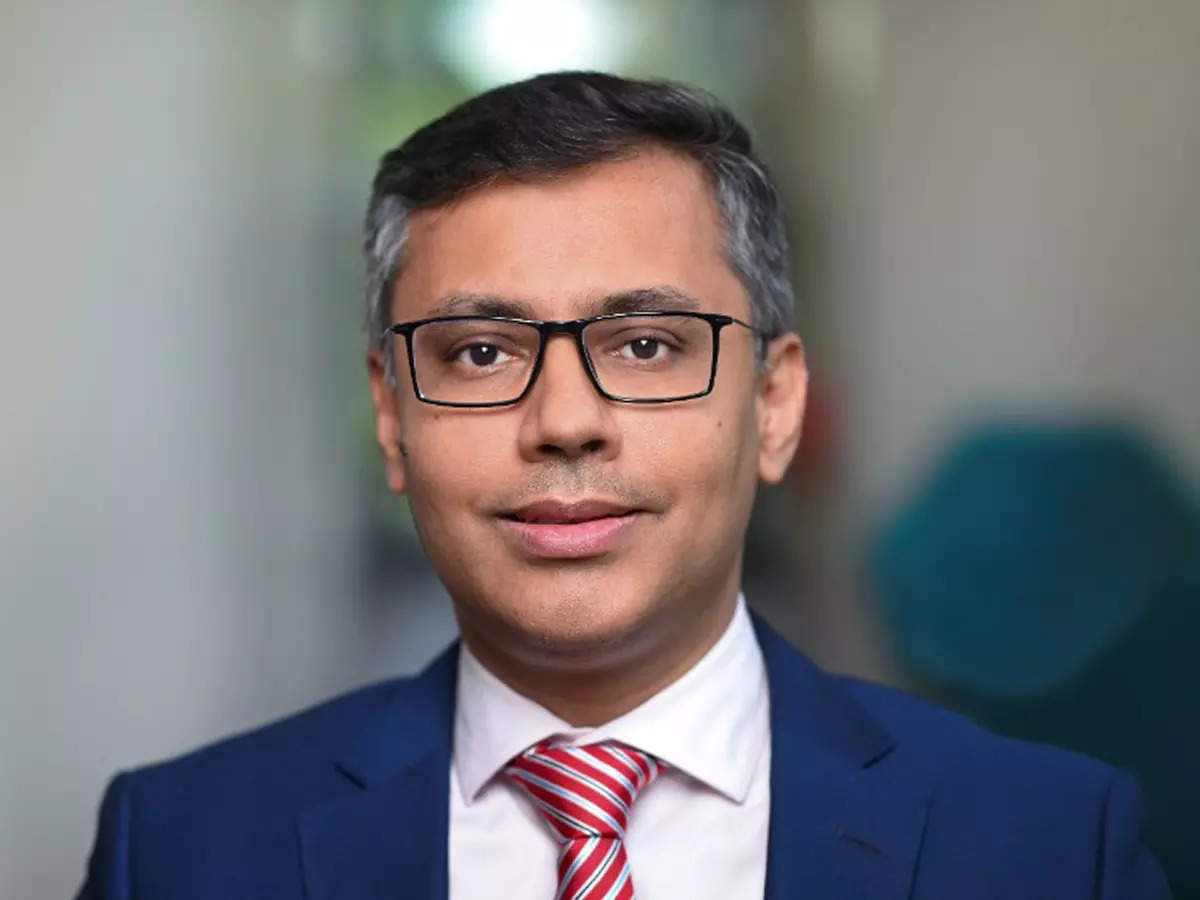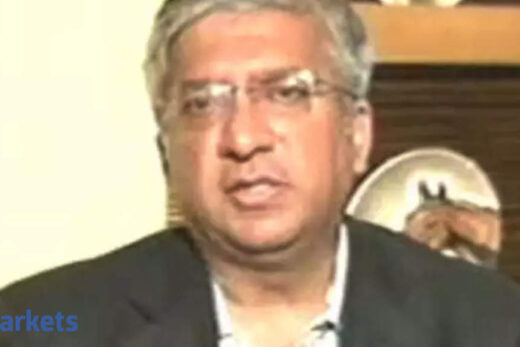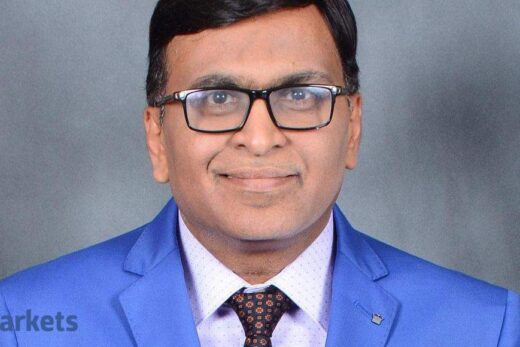There was a bit of a shakeout in the market. I would not call it a major selloff. In the BSE 200 or even the broader market indices, at one point in time, 40-45% of those components were down 20% to 50%. Did you participate in the broader market selloff because you guys are looking at shakeouts of weak markets to add positions?
Gautam Sinha Roy: That is a very pertinent observation. The market construct remains very positive and when the long-term structure is positive and as you rightly mentioned, we are managing really long-term money, these kinds of shakeouts do give you an opportunity to get into stocks which one has always wanted to add to the portfolio but were a little bit wary of the valuations. While the broader market correction was not very sharp, individual stocks did correct a bit more. Yes, it was a bit of an opportunity, but I would not say that it was a massive opportunity unlike what had happened during the Covid period where while it was a very short-lasting opportunity, the fall was very sharp. This time, it was both a very short span of time and not a very sharp correction. The correction, if at all, was prominent more in the smallcap space which was looking a little bit frothy also. So, one could say that one had just started to add to some of the positions that one wanted to but the opportunity was not big enough to be very honest here.
What are your thoughts on the aviation story in India? There are two ways to play it. One is from 100-odd airports; now we are slated to have another 200-300 airports in the next seven-eight years. One can either go for a bigger company, a conglomerate or via participating in big block deals by some of the founders. How are you playing the airport theme?
Gautam Sinha Roy: From the demand side, even for the last 20 years, I would say, this has been one of the highest volume growth industries on the consumer side. I do not think there is any doubt on that. What has happened additionally in the post Covid world is because of the troubles of some of these suppliers, especially the engine suppliers, on the supply side also, a little bit of constraint is now creeping in.
Airport supply in India has kept pace to a great extent. It could be better, but now we have some of the finest airports in the world and it is not just me saying that. I think the rankings are there to prove that. So, supply side which used to be a constraint about 10-15 years back, has caught up and very importantly, airlines are benefiting because of the supply side pressure from the engine suppliers and other ancillary equipment suppliers.
So, airlines seem to be a much better place to be in from a nearer term perspective. But we also see that globally when airports become very large, they also start developing those non-aero revenues which can be anywhere up to 40-50% of the revenue pool of some of the larger airports and as these airports become trans-shipment hubs for global passenger traffic, I think that is the next phase of development for Indian airports which is what we need to look at very positively. Not that we have too many direct plays on this, to be very honest.
We have one direct and one part of a conglomerate, but this is also going to be an interesting area of opportunity for the next 10 years. And from an airport development perspective, we have continued to do a phenomenal job just like in any other infrastructure area in India. If we look at the last 10 years, the infrastructure starvation that India historically used to have is finally getting solved brilliantly and we all are sort of benefiting from that and as market participants we have an opportunity to participate in that.
Since you are long money and you would be looking at the PSU space, well invested in there as well, where within the PSU pack, ex-banks of course, do you still find value on the table for the long haul?
Gautam Sinha Roy: That is a very good question actually because when you look at the PSUs, other than banks where they have obviously very dominant presence still, if you see some of the utility sectors, especially the conventional power utility, that is where the dominance of the PSUs in the entire value chain, right from equipment to actually the utility is very high. So, that becomes a very obvious place for us to be there in the power sector through PSUs.
Similarly, in the oil and gas space, of course, there is a behemoth there which is a private company, but after that in the traditional refining and distribution business, it is dominated by PSUs, so that is another area, not that necessarily we are very big holders of all these sub-sectors but these are two very prominent sectors within the PSUs which stand out. I think the other bit where there is a fair bit of PSU participation, maybe not so much reflected in our portfolios, would be the railways where you have a plethora of maybe somewhat smaller companies. Now some of them are part of largecap too which are PSUs and which are benefiting from the robustness in the railway system.
Last but not the least, by any means, it is a different sector where you have at least two-three behemoths who could potentially become even larger companies and hopefully in the future become part of Nifty because what is happening in that sector is clearly a domestication of production is being emphasised by the government.
We are seeing domestic share of the overall spend in defence going up which is accruing as revenues to these companies largely and they have developed technology capability, they have demonstrated that and that continues to be an area of interest for us.
In terms of anything specific, what would you look at in largecaps as well? Where do you see value in largecaps because we see a bit more focus coming in on the largecap side?
Gautam Sinha Roy: When you talk about value, then you start also wearing the three-year hat because that is how you think of whether there is real value in the stock; when you put on that hat, you clearly see that largecap private banks stands out in terms of the value that they offer and specific names within that, of course, which stand out in terms of the value they offer from a three-year perspective but the caveat there of course is that the near-term challenges have been there. There was a merger issue in a particular bank.
There has been this NIM cycle which is still to play out completely. And added to that, over the last few months, the liquidity situation has been unprecedentedly tight in an environment where credit growth is very high, so that is putting additional pressure on the liability side and on the NIM side for these banks. But these are very fine institutions, many of them have come out of the previous credit cycle much stronger. They have great balance sheets now, and a better product mix. It is a matter of time, but there is great value in largecap private bank space today.
There was a report this morning by an institutional brokerage saying that the T&D space in India is likely to see a massive tailwind, both from the domestic side and also the big capex on electrification. Even in the US they are going for a massive overhaul. So, there are a few names which are sparking up in trade: Skipper is up 7%, Techno Electric 5, Transformers & Rectifiers another 5% circuit. How are you playing the T&D space?
Gautam Sinha Roy: When I go around four years back, I can see great value in some of these private sector banks today. I could see great value in some of the transmission sector because it was completely ignored at that juncture. From the transmission utility perspective, that trade has played out very well and today the valuations are much fuller because these are utility sectors, they cannot grow at exponential paces.
But what you are referring to is of course different. You are referring to the opportunity of future capex not only in India, but more importantly in the US and from there, there is an entire value chain right from the conductor makers to the EPC guys who are and will participate in that value chain. And I would add to that the fact that even in the alternate energy side – be it solar, most prominently, we are seeing Indian players capture that opportunity globally because of the broad basing of the supply chain that many of these western countries want to have and that will continue to be an opportunity, that will continue to be an opportunity but there one needs to look for moated companies.
So, my worry there honestly would be that it should not turn out to be just a two-year opportunity. One wants to be more sanguine about the longevity of that opportunity, that is a subject of debate. But yes, here and now that space is very good.




